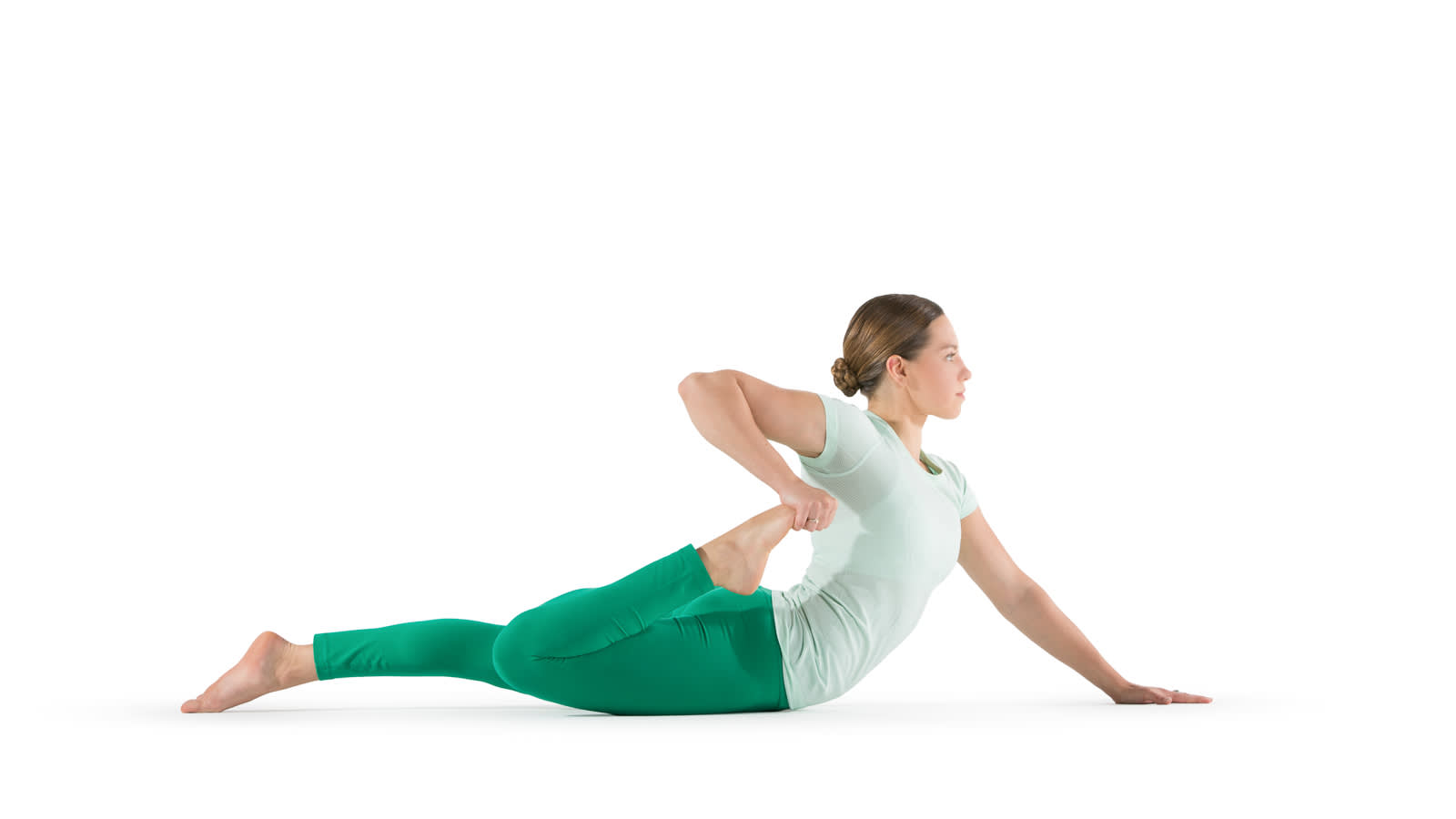
You can find many stress-relieving activities that you can do to relieve stress. Yoga, Tai chi or stretching can all be used to relieve stress. You might also like to try Pilates. These exercises are hard so start slow and work your way up. These DVDs and videos can be helpful for stress relief.
Tai chi
Tai chi can be a great stress-relieving exercise that has many health benefits. Tai chi involves slow, controlled movements as well changes in breathing patterns and mental focus. It is low-impact, gentle on joints, and anyone can do it. It is safe for anyone with injuries or any other medical condition. Anyone who is interested in learning more can attend a class or watch a professional perform the exercises.
Several studies have shown that Tai chi reduces stress. One meta-analysis, which included five studies across four countries, found that Tai Chi practice reduces stress. Tai Chi practitioners were asked to do the exercise for at most 30 minutes per day over five years. The exercise had a significant impact on stress levels.
Yoga
Yoga is an excellent stress-relieving exercise because it releases tension in problem areas. Low back pain can be helped by yoga. Anxiety patients often feel tightness in the muscles. In yoga, the tension and tightness are released as the body flows through various movements.

In addition to releasing tension in the body, yoga also offers self-soothing techniques. Yogaic breathing can help people relieve stress in their shoulders, neck and back. You can do these breathing exercises while sitting in your office or doing work.
Stretching
Stretching is an excellent way to reduce stress. Stretching can help you feel more energetic and relieve stress. It can also help you sleep better. You can even incorporate it into your daily life by finding a stretch you love.
If you don't have time to go to a gym, you can perform stretches at your desk. Arm stretching is a good option for office workers. Start by bringing your arm under your other arm and keeping it in the biceps area. You can also use the opposite arm as leverage. This exercise will relax your shoulders and reduce stress.
Walking
Studies have shown that regular walking can help reduce stress. Walking improves blood circulation and triggers certain brain chemicals to help you relax. Walking also boosts energy levels. It is not necessary to walk fast; just strolling around at a slow pace is enough to relax our muscles and mind.
Walking releases endorphins. This is a feel-good hormone that helps reduce stress. These hormones can also be used to treat mild depression. Regular exercise boosts these endorphins which, in turn, improves mood and self-esteem. It improves social relationships. Research has shown that social support helps to reduce stress and improve stress resilience. Walking helps lower blood pressure and fosters positive social interactions.

Group games
It is possible to relax by playing team games. It can be fun to manage stress through team games. These games promote healthy relationships. These games can help to relax, improve communication, as well as improve decision-making. This activity can be played by groups of all sizes and can help you learn how to manage time and prioritize tasks.
Stress can also be alleviated by discussing problems with teammates. This will not only help to reduce stress, but it will also help to build stronger bonds. Team members can also benefit from regular discussions about the work they're doing. For example, Atlassian's Health Monitor allows teams to reflect on their work to identify areas for improvement. The program is available at any time, including when a new team is formed.
FAQ
What are the side effects of yoga?
Yoga has risks like any other form of physical activity. Injury is the biggest danger. Make sure you know how to perform each pose safely.
You might feel dizzy or faint if you are new to yoga.
This is caused due to blood clotting in your brain. This sensation will quickly go away, but don't panic.
Do not hold your breath if you feel chest pains while performing downward-facing dogs. This will only increase heart rate and make things worse.
Who would be most benefit from yoga?
Yoga is aimed at people who desire to live a healthier and happier life. People who wish to improve balance, flexibility, posture, and overall health.
They may also be interested in losing weight or gaining muscle mass. They might also be interested in reducing stress and anxiety and achieving peace of mind.
People with disabilities include arthritis, back problems, asthma, diabetes, heart disease, high blood pressure, insomnia, migraines, obesity, osteoporosis, rheumatoid arthritis, and spinal injuries. Yoga is especially helpful for those with disabilities.
How does yoga affect mental health?
Yoga is an ancient practice that originated in India. It was originally used to help people relax and relieve stress. Many people now use yoga to deal with anxiety, panic attacks (panic attacks), depression, chronic pain, insomnia, and other conditions.
Yoga may also improve physical symptoms such as headaches, backaches, arthritis, and high blood pressure. Yoga has been reported to make people happier and more calm.
Statistics
- A 2020 review of 27 studies (1,805 total participants) of yoga interventions in children or adolescents found reductions in anxiety or depression in 70 percent of the studies, with more promising results for anxiety. (nccih.nih.gov)
- Lock in 25% off your Founding Member rate. (corepoweryoga.com)
- The American Psychological Association recently shared that 84% of American adults feel the impact of prolonged stress (5). (healthline.com)
- Start your Fall off right with 20% off All Access Membership when you sign up by 9/25! (corepoweryoga.com)
- About one in seven U.S. adults practiced yoga in the past 12 months, according to a 2017 national survey. (nccih.nih.gov)
External Links
How To
Is yoga a good way to lose weight?
You need to know what yoga is before you can answer this question. Yoga, an ancient form exercise, originated in India. It was designed by Indian yoga practitioners who were seeking spiritual enlightenment and physical fitness.
Yoga emphasizes stretching and strengthening the muscles and relaxing the mind and body. The aim is to achieve a state of complete relaxation where the individual is free from stress and anxiety. This can be achieved by focusing on breathing techniques or meditation.
Yoga involves many postures, or poses. These are meant to stretch and strengthen certain muscle groups. These poses are usually held for several minutes at a time. They may also involve rhythmic movements such as slow walking, jumping, or moving through mud.
The goal of yoga is not to burn calories but rather to increase one's overall energy level. Most people who practice yoga are able to maintain a healthy body weight.
You will notice a difference in your ability to relax when you practice yoga. Your moods will improve, and you'll sleep better.
You'll glow and look younger.
When they begin to practice yoga, many people notice a drop in blood pressure.
Studies have also shown that yoga can reduce depression symptoms.
It is important to remember that yoga doesn't work the same way as other types of exercise. Instead, yoga increases oxygen circulation throughout the body. This allows the brain and body to relax and release endorphins. These can be used to trigger feelings like happiness and pleasure.
Be aware that weight loss can be difficult for some people due to their genes. If this is you, you might want to avoid yoga until your goal weight.